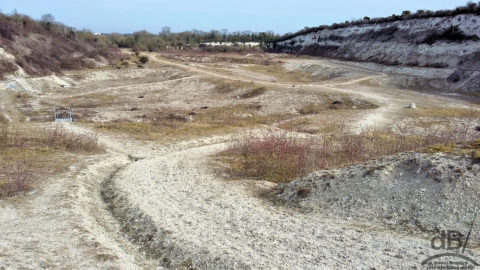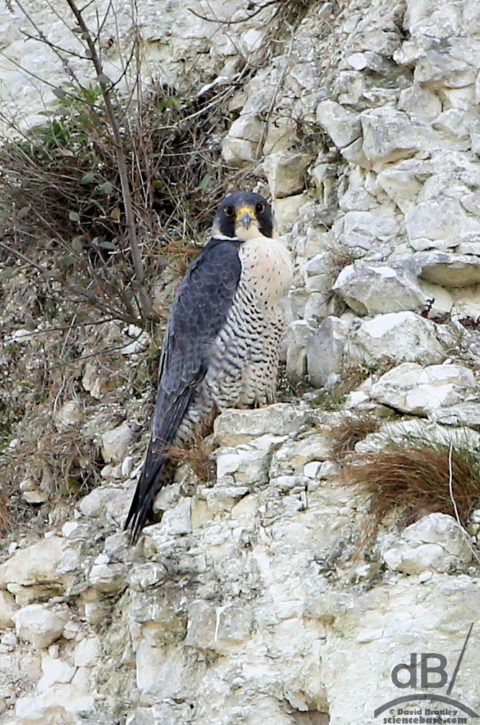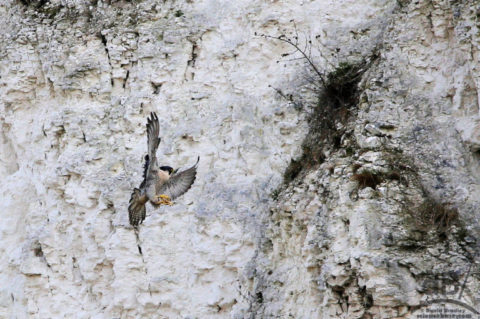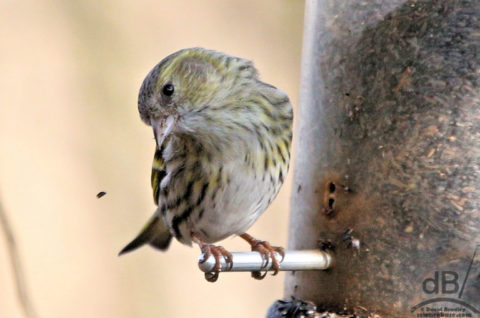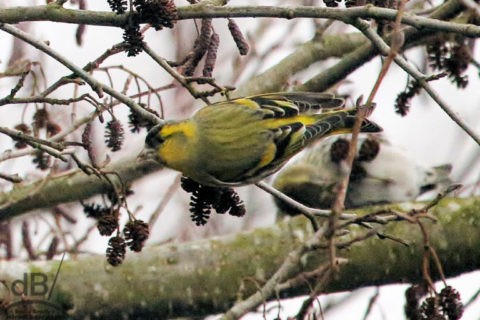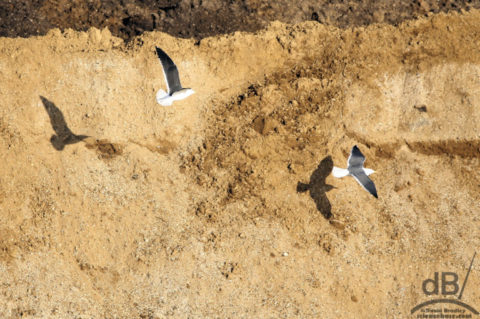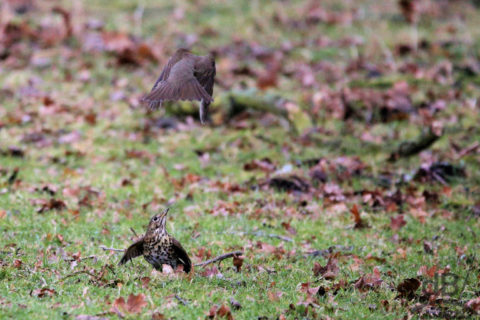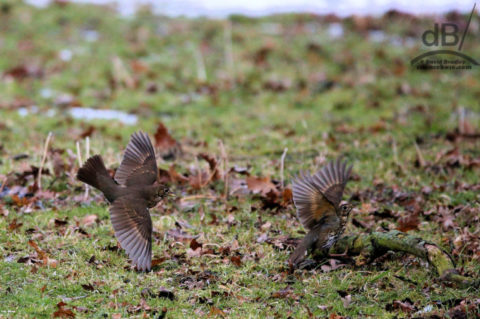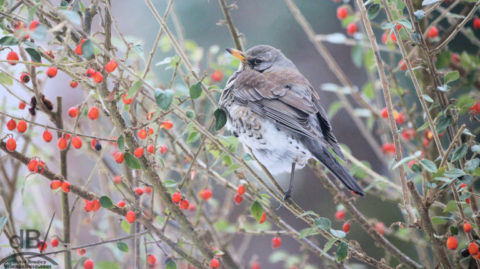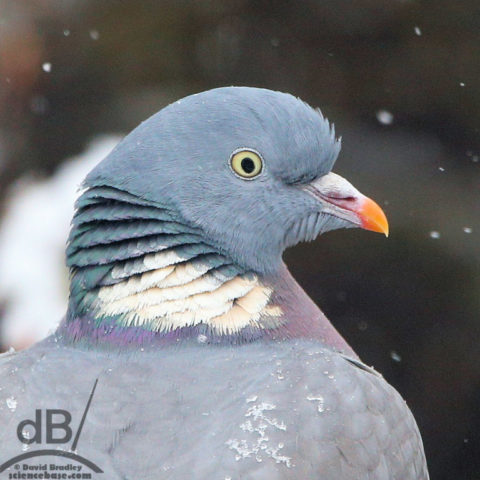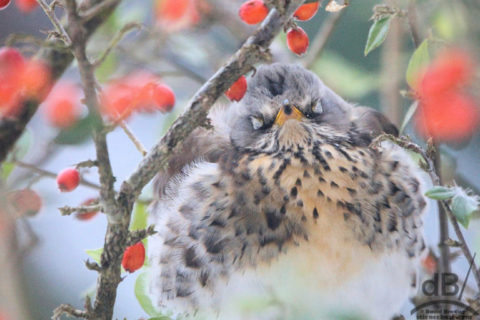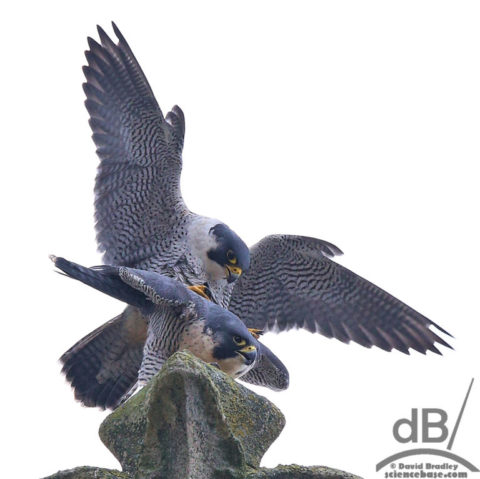A friend asked me why we should feed wild birds, especially given the harsh weather conditions, wouldn’t it just be natural to let them fend for themselves, he suggested.

Well, isn’t it kinder to help? But, more to the point, it’s human behaviour (intensive farming practices, pollution, industrialisation) that has meant that so many species face extinction, surely we have an obligation to assist where we can? I spoke to an experienced birdwatcher not too long ago who told me of the flocks of birds that he used to see as a child, species that rarely make an appearance these days. And, yes, while there have been increases in numbers and some species have bounced back from extinction, the figures are not pretty overall.
For a nation of bird/animal lovers, we don’t have a good record. (Perhaps not as bad as nations that trap birds illegally in nets or on limed trees like so many aerial fish nor those places where shooting birds for sport or out of sheer malice (which also includes this country) is regarded as acceptable.
So, I will continue to break the ice on our birdbath, fill the feeders with expensive nijer seeds and sunflower hearts (as opposed to the cheap mixed bags of seed that are mostly filler that the birds discard anyway). I will keep adding suet pellets to other feeders and scatter meal worm on to a tray under a refuge that small ground feeders, but not rats nor corvids can enter.
This week, we have had a small influx of Fieldfares coming in from the cold fields, there is a pair of Pied Wagtails flitting about and seeking shelter under our lean-to, and a Song Thrush turned up recently, not seen one of those in the garden for a while. There are also the dozen or so Goldfinches that enjoy the nijer seeds, one Redpoll, the usual Blackbirds, Robin, Starlings, overwintering Blackcaps, Greenfinches, and Tits – Blue, Great, and Coal – in the garden on and off, as well as the Collared Doves and Wood Pigeons.

What else? Oh, yes, a few Jackdaws, Magpies, and Rooks. And, hopefully, any time soon, seeking out our berry bushes (Firethorn, pyracantha) Waxwings (I can only hope). No Bramblings nor Hawfinches yet, although they’re not far away according to bird reports.
Many bird species have gone extinct in recent decades, you are very unlikely to see a Bluethroat in the UK ever again, but there are many others. Most of the decline is our fault, it’s not a natural decline, it is farming, industry, and transport that have removed the natural world the birds previously inhabited, so, yes, we should feed the birds, even it is no longer “tuppence a bag”.
